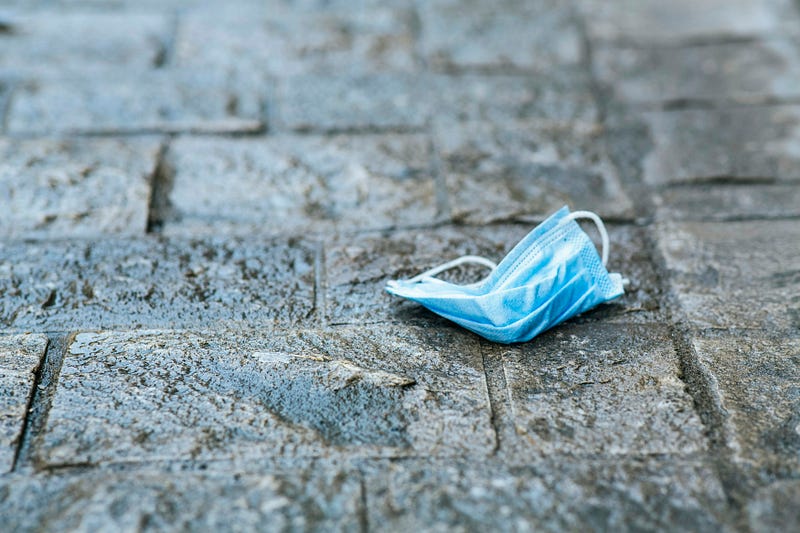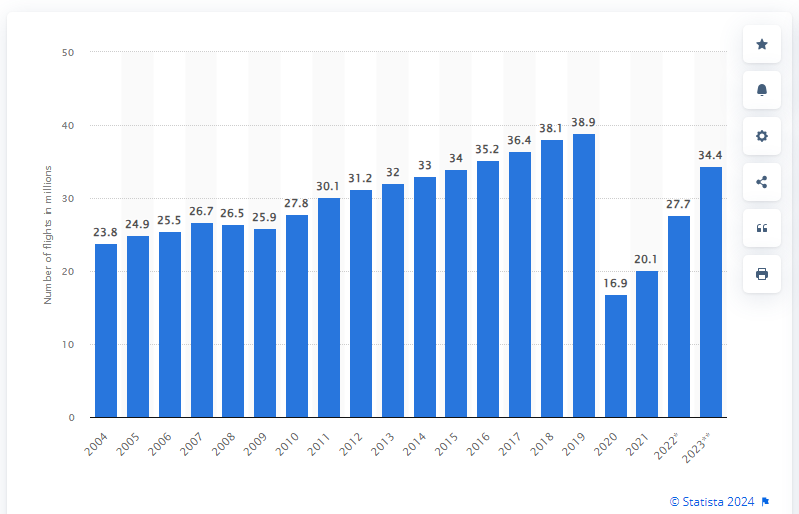# Why the Coronavirus Will Always Be Relevant: A Historical Perspective
Written on
Viruses: A Complex Relationship with Hosts
Viruses exist on a unique spectrum between living and non-living entities. While they cannot independently perform life functions, they thrive within living hosts, such as humans, animals, or plants. Upon entering a host's cells, viruses commandeer cellular machinery to reproduce, often triggering immune responses that result in illness. Some viruses, known as retroviruses, can integrate into a host's genetic material, effectively becoming a permanent resident. However, SARS-CoV-2, the virus responsible for COVID-19, is not a retrovirus; it is an RNA virus that does not embed itself in human DNA. This explains why individuals may test negative for COVID-19 after some time, even if the virus is still present in low quantities.
The Role of Viruses in Our Bodies
Interestingly, not all viruses are detrimental. Some cohabit with us beneficially. For instance, certain viruses found in our gut play a role in digestion and overall health, forming part of our microbiome. This intricate relationship highlights the wonders of the biological world and how viruses can coexist with us.
Duration of Virus Presence in Hosts
The duration SARS-CoV-2 remains in a person's body varies. Most infected individuals clear the virus within weeks, while some, referred to as "long-haulers," may experience symptoms that linger for months. Ongoing research aims to uncover the factors that contribute to this variability.
Persistence and Re-emergence of Viruses
Coronaviruses can persist in our environment due to their ability to mutate and create new variants. Additionally, they can reside in animal reservoirs, where they may remain dormant before jumping to humans. Global travel facilitates the spread of these viruses, and immunity against previous strains may wane over time, allowing individuals to become reinfected.
Preventative Measures Against Spread
To mitigate the spread of respiratory viruses like coronaviruses, regular cleaning and disinfection of surfaces are essential. These viruses can linger on surfaces and remain airborne for some time after being expelled through coughing or sneezing. When a significant portion of a community becomes immune—either through vaccination or prior infection—the transmission rate can decrease. However, changes in immunity levels, along with the emergence of new variants, can lead to new waves of infections.
The Importance of Continued Precautions
Adhering to health guidelines—such as wearing masks and maintaining social distance—plays a crucial role in controlling virus spread. As we navigate these challenges, adjustments to these measures are necessary to ensure community safety. The movement of people can also reintroduce viruses into communities, exemplified by the surge in cases in Canada following holiday travel.
Conclusion
Thank you for engaging with this exploration of coronaviruses and their historical significance. I hope you found this information enlightening. For more fascinating insights into the biology of self-care, be sure to check out my other stories and subscribe for future updates!

